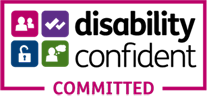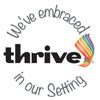Communication at Priory Woods School
Communication at Priory Woods School includes pre-intentional communication (interpreting behaviour) and intentional communication using gestures, body language, Alternative and Augmentative Communication (AAC) and speech. Each pupil has personalised systems and strategies that are matched to their needs and abilities.
Examples of strategies that we may use to support a pupil include –
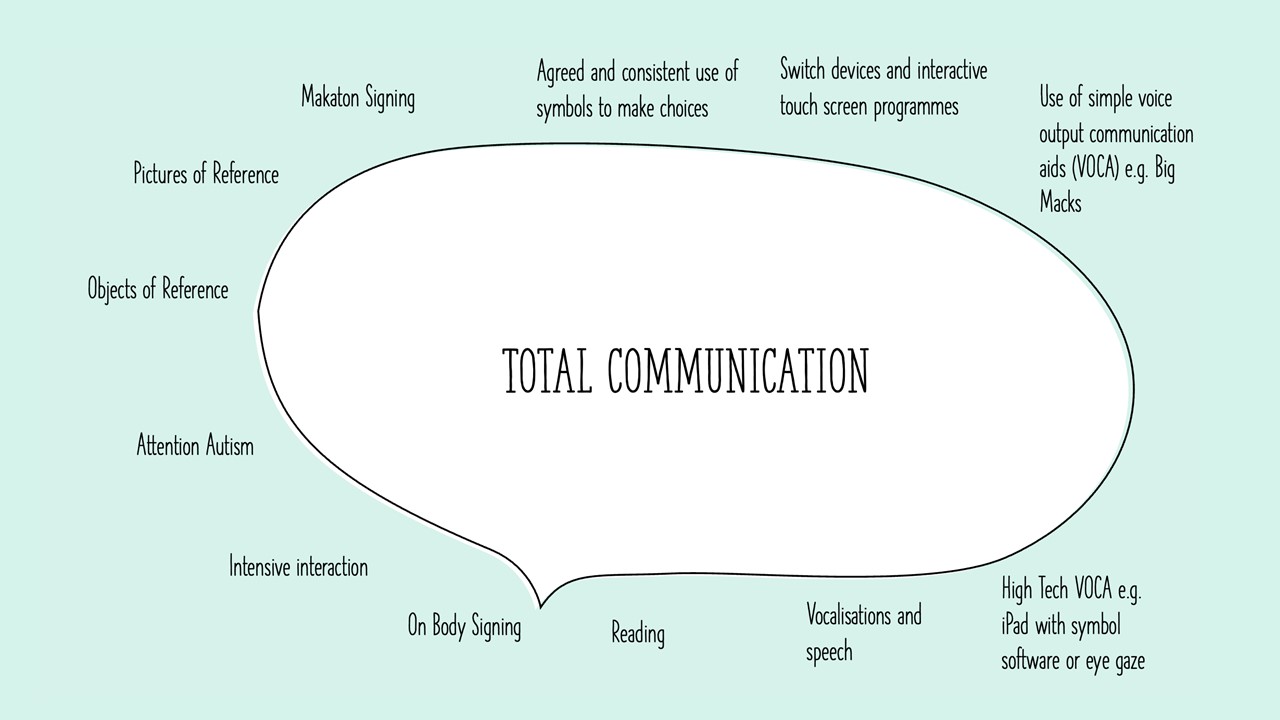 Total Communication in more detail -
Total Communication in more detail -
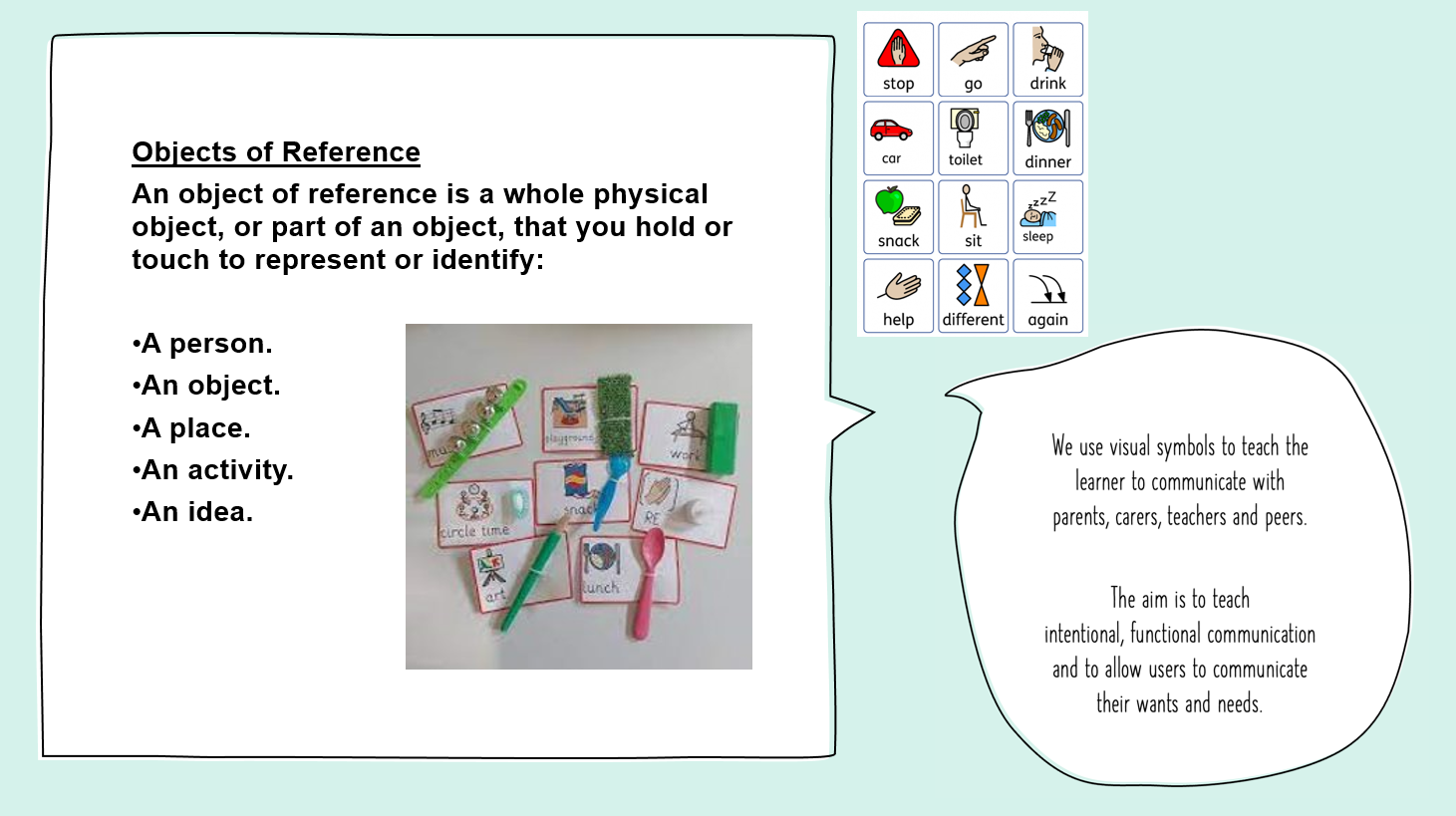
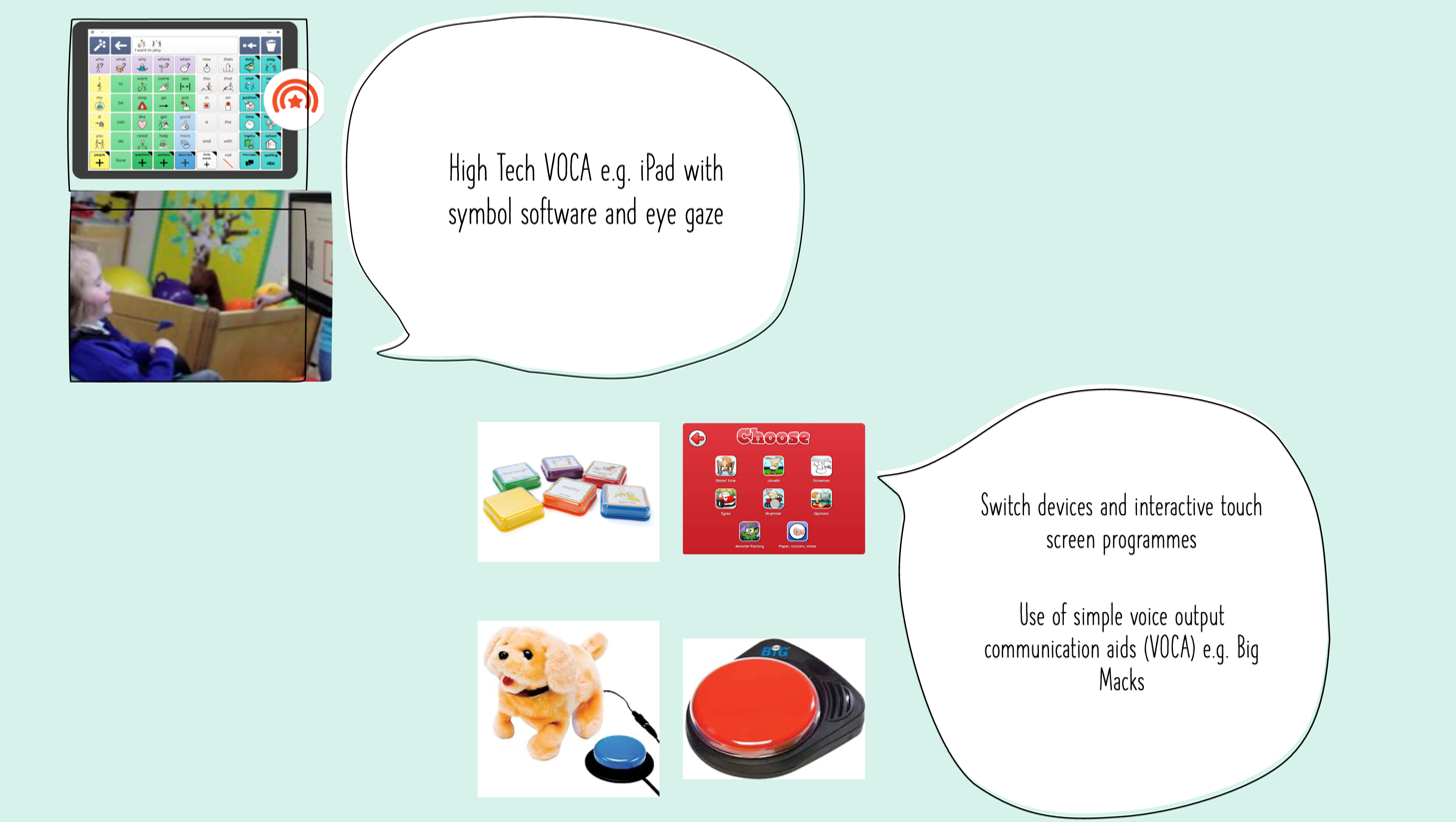
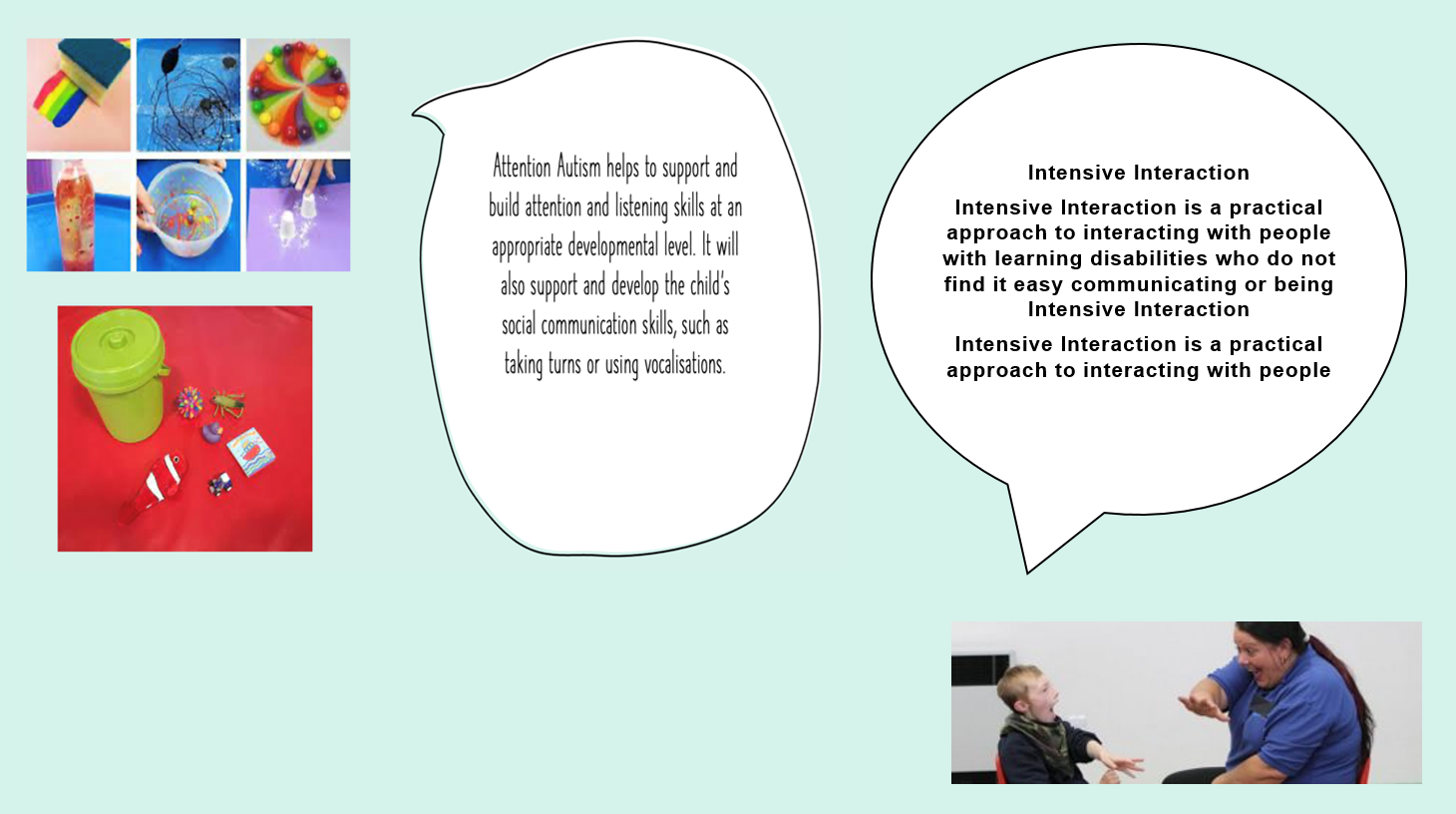
This is available as a PowerPoint at the bottom of the page.

Alternative and Augmentative Communication (AAC) Rationale
AAC stands for ‘Alternative and Augmentative Communication.’ AAC refers to the methods by which an individual can replace (‘alternative’), or supplement (‘augment’) spoken communication. AAC may also be used to support a pupil’s understanding, by providing the pupil with a more permanent visual representation of language.
Policy Aims
• To promote a consistent understanding of Alternative and Augmentative Communication (AAC) and use of the term
• To provide a consistent means of communication for the individual
• To highlight the need for AAC assessment and multidisciplinary working
School Objectives
• To ensure learners have access to an appropriate form of AAC specific to their communication needs.
• To ensure learners can express their wants and needs and using appropriate AAC.
• To recognise that all communication methods are valued and accepted equally.
• To ensure staff at Priory Woods School are confident, well-informed and trained in approaches to communicating with pupils using a variety of Total Communication methods
Priory Woods School is committed to providing an environment where all communication is valued and developed and follows a ‘Total Communication’ approach. Total Communication is an approach which facilitates and promotes all necessary modes of communication; including (but not limited to) speech, sign language, use of symbols, photographs, objects, gesture and writing or drawing. Behaviour that challenges is also considered a form of Total Communication. This approach is inclusive and supports all pupils to reduce communication barriers using forms of AAC where appropriate.
AAC encompasses a variety of communication methods and can be further broken down into unaided and aided communication.
Unaided Communication refers to the use of no additional equipment. This includes:
• Body language- e.g., facial expression, gesture, posture
• Sign languages – e.g., Makaton, British Sign Language, on body signing
• Gestural strategies – e.g., pointing, leading others to items/ locations
Aided Communication refers to the use of additional resources. This includes:
• Objects – e.g., Objects of Reference (using a cup to request a drink)
• Photos – low-tech systems e.g. communication books, Choice Boards etc.
• Symbols – low-tech systems e.g. communication books, Choice Boards etc.
• Voice Output Communication Aids (VOCAs) – high-tech devices, for example, iPads with Communication Apps and eye gaze.
Communication Environment
The environment within Priory Woods School follows a ‘Total Communication’ approach. This includes use of visual information throughout the school to support understanding. Visual information consists of symbols, signs, and photographs. Visual timetables are used within the classroom environment to support group and individual understanding as appropriate.
AAC Use at Priory Woods School
Priory Woods is committed to accepting all forms of communication and viewing these equally. Pupils have a range of AAC methods available including:
• Objects of Reference
• Photographs/ Pictures
• Symbols (Widget is Priory Woods’ preferred symbol set)
• Communication Books
• Makaton/ BSL
• Single message devices – e.g., Big Mack buttons
• Voice Output Communication Aids (VOCA), Eye gaze
We expect the student’s AAC device to be:
• Used by the learner as independently as possible
• Accessible to the student always throughout the school day in all appropriate and feasible situations.
• Used by the adult working with the student.
• Used in the home environment, if appropriate and possible.
Staff training
All staff will receive regular training and support, delivered, and updated in any relevant areas including, but not limited to:
• Makaton
• Use of symbol software (Widget)
• VOCAs
• Eye gaze
AAC Assessment and Review
The Speech and Language Therapists have ultimate accountability for assessment and decisions made about the suitability of AAC methods. The professional expertise of the Speech and Language Therapists must be included in any decision-making process involving AAC. This ensures best practice decisions are made in line with the latest evidence-based practice.
|
|
|
 Total Communication in more detail -
Total Communication in more detail - 





